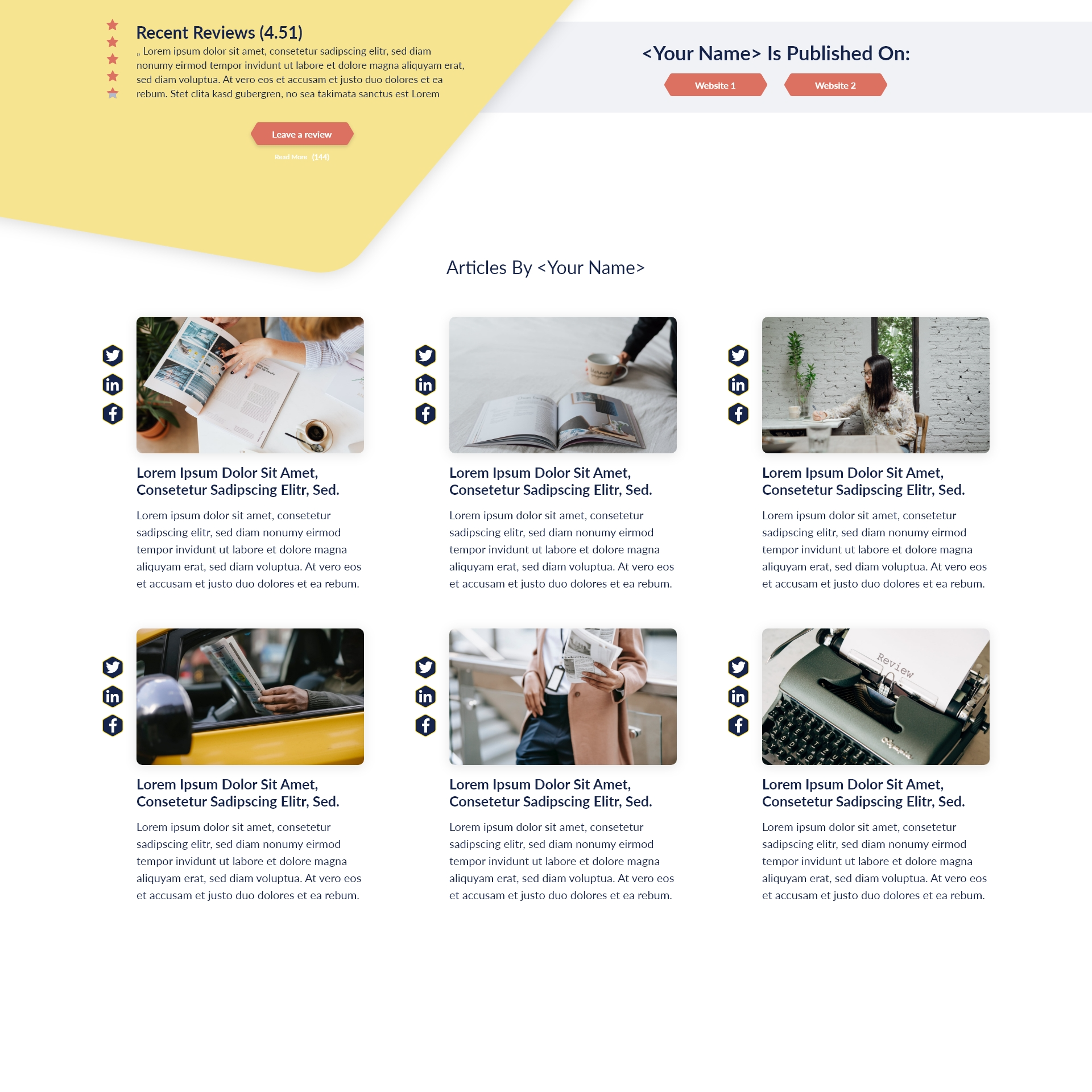Key Takeaways:
- Effective communication and employee engagement are key to motivating your team.
- Implementing conflict resolution strategies fosters a more cohesive workplace.
In a world where effective leadership is paramount, leaders are increasingly tasked with the responsibility of not just managing but truly motivating and influencing their teams. The dynamics of the workplace have shifted, and today’s leaders need to employ a multitude of strategies to engage their employees. This article explores key strategies for motivating and influencing your teams, emphasizing the importance of communication, engagement, and time management.
The Importance of Motivating and Influencing Teams
Motivation is the driving force behind productivity and innovation in the workplace. When teams are genuinely motivated, they are more likely to go above and beyond their job descriptions, contributing to greater organizational success. Motivating a team goes beyond mere incentives — it involves understanding the psychological factors that drive individuals.
Understanding Your Team’s Needs
In order to effectively motivate your team, it is crucial to understand their individual needs and aspirations. This starts with effective communication. Regular one-on-one meetings provide opportunities for leaders to listen to their team members and understand what motivates them. Creating a safe space for dialogue encourages team members to express their thoughts and concerns, ultimately leading to a more motivated team.
Leveraging Different Leadership Styles
Different leadership styles play a significant role in how teams are motivated. For example, an authoritative leader may drive results through clear directives, while a transformational leader inspires teams by fostering creativity and innovation. Recognizing the strengths and weaknesses of your leadership style can help you adapt your approach to meet the diverse needs of your team members. Tailoring your leadership style to fit your team can significantly enhance motivation and engagement levels.
The Role of Goal Setting
Goal setting is a fundamental component of motivation in the workplace. Effective goal setting techniques can significantly influence how motivated your team feels. When setting goals, ensure they are specific, measurable, achievable, relevant, and time-bound (SMART). This helps your team members clearly understand their objectives and how they align with the organization’s mission, creating a sense of purpose and direction.
Encouraging Team Involvement in Goal Setting
Involving team members in the goal-setting process can boost motivation significantly. When employees have a say in defining their objectives, they feel a greater sense of ownership and commitment. Facilitate brainstorming sessions where team members can propose goals that align with their interests and the organization’s priorities. This collaborative approach not only makes them feel valued but also increases their engagement and loyalty.
Fostering Employee Engagement
Employee engagement and motivation are intrinsically linked. Engaged employees are more likely to contribute positively to team dynamics and performance. As a leader, it’s crucial to foster a culture of engagement.
Incorporating Feedback Mechanisms
Regular feedback is an essential aspect of fostering employee engagement. Constructive feedback helps employees understand how they can improve and grow. Create an environment where employees feel comfortable providing feedback on the team’s performance and decisions, particularly on aspects that affect their motivation and engagement. This reciprocal feedback loop enhances trust and transparency, leading to a more motivated team.
Recognizing and Rewarding Contributions
Recognizing and rewarding contributions is a critical motivator. Regularly acknowledging employee efforts, both big and small, can drastically enhance motivation. Whether through praise in team meetings, shout-outs in company newsletters, or more formal recognition programs, highlighting achievements reinforces positive behavior and encourages continued effort and engagement.
Effective Communication Skills
Strong communication skills are foundational for any leader aiming to motivate their teams. Effective communication is not just about providing information; it’s about actively listening and engaging in meaningful dialogues.
Encouraging Open Communication
Implementing open communication channels allows team members to voice their ideas, concerns, and feedback. Create forums or utilize digital tools where team members can freely express their thoughts. This sense of belonging enhances motivation as employees know their views are valued.
Time Management Strategies
Effective time management is another crucial component of motivating teams. Leaders must model effective time management practices to guide their teams.
Prioritizing Tasks and Setting Clear Expectations
Help your team prioritize tasks by setting clear expectations. Introduce prioritization frameworks like the Eisenhower Matrix, which helps categorize tasks based on urgency and importance. Equip your team with strategies to manage their workloads effectively, reducing stress and increasing productivity.
Scheduling Regular Check-Ins
Regular check-ins foster accountability and motivation. Schedule recurring meetings to discuss project statuses, offer support, and reassess priorities. These meetings provide an avenue for alignment and reassurance, ensuring everyone understands their contributions toward collective goals.
Conclusion
Motivating and influencing your team is an ongoing journey that requires intentional efforts and strategies. By understanding your team’s needs, engaging them in goal setting, fostering open communication, and managing time effectively, leaders can create a motivated and high-performing workforce. Ultimately, the key lies in being adaptable and responsive to the diverse dynamics within your team, enabling both individual and collective success.








